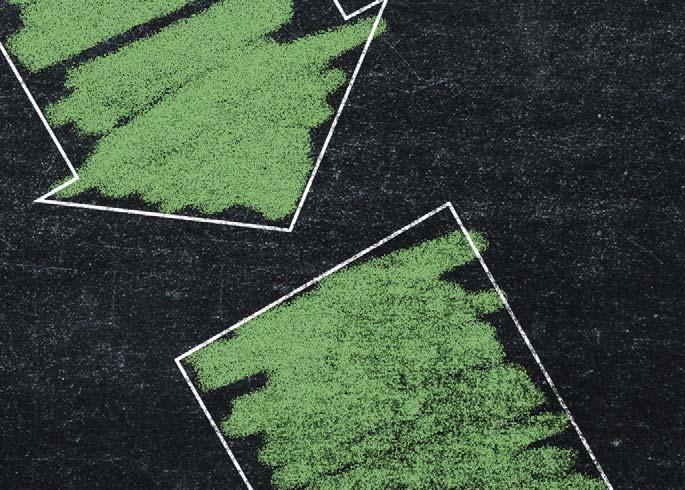
11 minute read
Wise About Waste
Jori Kaaresmaa, BMH Technology Oy, outlines the implementation of a waste-to-RDF production plant in Umm Al Quwain, United Arab Emirates.
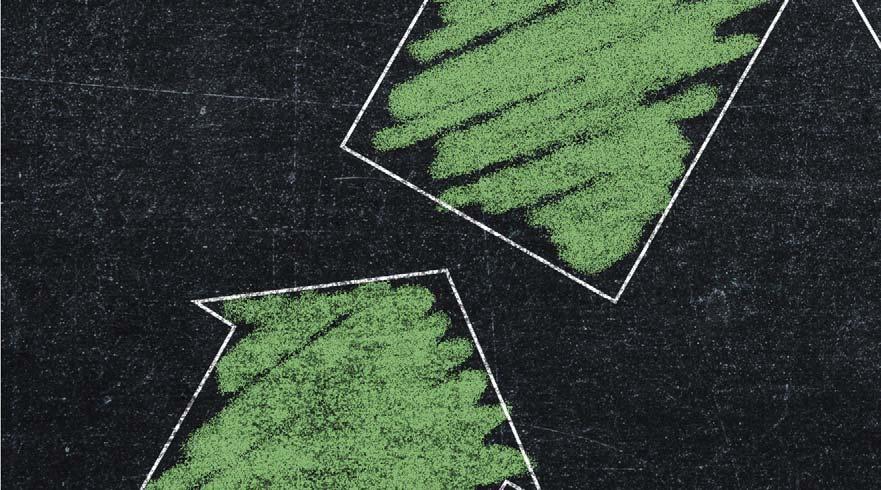
WISE WISE WISE

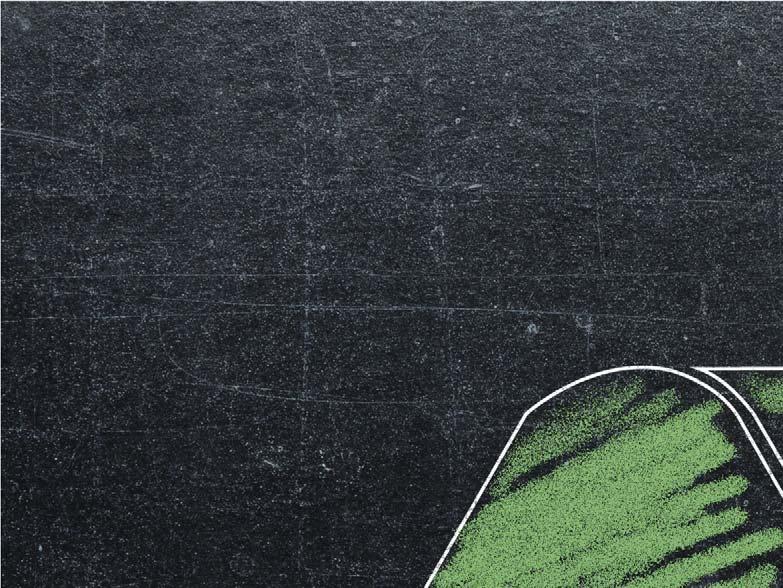
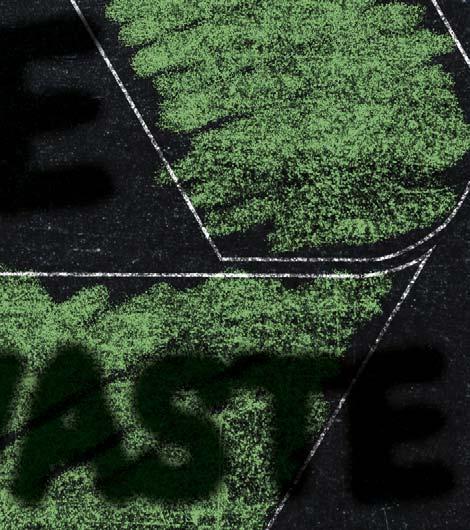
ABOUT WASTE ABOUT WASTE ABOUT WASTE
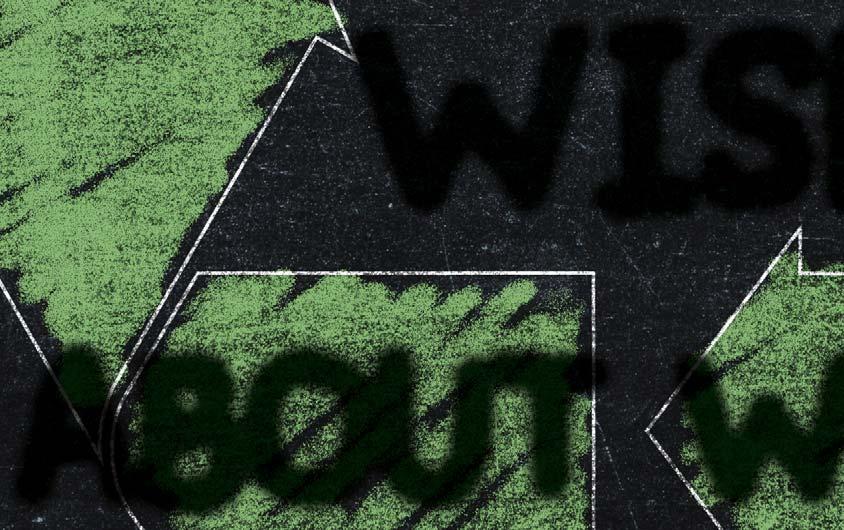


he GCC countries1 hold huge potential for a circular economy. Their waste generation per capita is among the world’s highest and waste collection is organised professionally, yet currently the piles are mainly dumped in landfi lls. The calorifi c value of the region’s Municipal Solid Waste (MSW) is comparatively high, which makes it a perfect source for energy recovery. On top of these factors, the GCC countries have a signifi cant cement industry sector that offers an almost bottomless yet ‘green’ way to not only recover the energy in waste but to also circulate the materials in it by means of co-processing.
Rising volumes of waste in the area are a direct result of rapid urbanisation, population growth and changes in consumption behaviour. The UAE have set a strategic objective for cutting down landfi lling by at least 75%. The emirates of Umm Al Quwain (UAQ) and Ajman stand out as pioneers in implementing waste-to-fuel technology, as just an hour away from the vibrant city of Dubai, the country’s brand-new and fi rst-of-a-kind RDF facility is in operation. It diverts the household waste of half a million residents away from landfi lls, sorts out valuable recyclables and refi nes the combustible substances into sustainable fuel, which is then used to power the nearby cement industry.

Background
Before any project can take off, all the puzzle pieces must be identifi ed and brought together. This applies particularly well to politically driven and environmentally signifi cant projects such as a venture for diverting MSW away from landfi lls. In addition to well-managed waste collection and logistics, it requires investors to provide funds, a technology supplier with a proven solution, off-takers to agree to use the end-product, and fi nally someone to put it all together. Even with a complete set of puzzle pieces, nothing will happen without political will that is manifested by tangible actions.
In the northern Emirates of UAE, the last piece was put into place in 2019 when the country’s federal government launched a new Ministerial decree for cement companies nearby to use MSW-based RDF (Refuse Derived Fuel) as substitute fuel in their cement production processes. This was the deciding moment for the implementation of the MSW-to-RDF plant that is now operational. The project was supported by the Ministry of Climate Change and Environment (MOCCAE) and the newly built facility in UAQ is owned and operated by Emirates RDF.
In order to make co-processing an attractive option for any cement company, the alternative fuel (AF) must fulfi l certain criteria in terms of calorifi c value, moisture and chlorine content as well as quality consistency and secured fuel availability. On the other hand, to make it attractive for a municipality or an Emirate, the total concept will contribute to the strategic objective of landfi ll diversion rate, be technically proven, and naturally economically feasible. All these requirements are materialised in the newly established concept in UAQ.
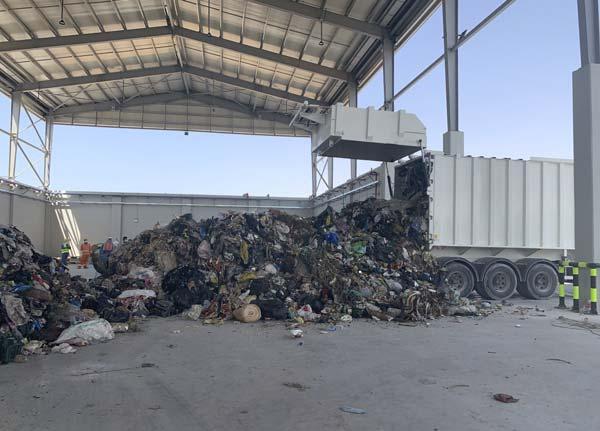
The received unsorted municipal solid waste (MSW) can contain virtually anything from food and furniture to bricks and batteries.
The entire system was delivered turn-key by BMH Technology Oy, a Finnish company specialising in demanding waste-to-fuel applications and solid fuel handling systems. Process overview
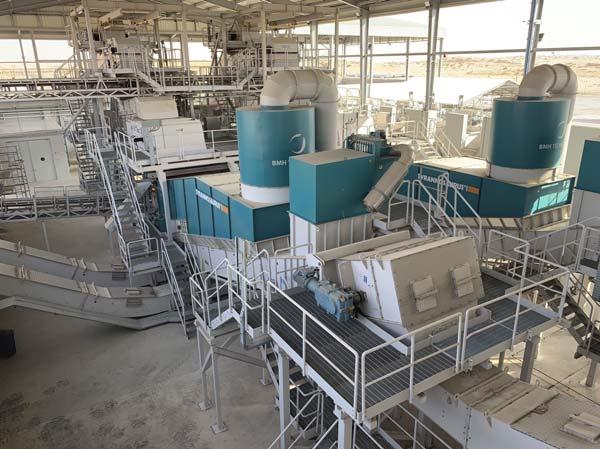
At the core of the concept is the TYRANNOSAURUS® waste refi ning process that recovers valuable materials for recycling, removes non-combustibles and refi nes the remaining MSW into high-quality RDF. The system was delivered by BMH Technology, a Finnish company that is a specialised and experienced technology supplier for different solid waste processing systems. BMH Technology was selected to develop and supply the fuel production process due to the company’s track record and reputation as a reliable partner, and its deep understanding of the requirements of the cement process.
To reach the targets mentioned above, MOCCAE together with Ajman and Umm Al Quwain Municipalities set high requirements for the performance of the plant. The system is designed to process 1000 t of unsorted MSW per day (or over 350 000 tpy), converting more than 80% of it into RDF that fulfi ls the requirements of the cement industry. In practice, this means a daily production of 800 t of fuel which can replace some 500 t of coal used by the cement plants. The particle size of this fuel must be constant but also small enough to allow rapid and complete combustion in the calciner, and to allow as many cement plants as possible to use this AF without major modifi cations.
The process to produce the specifi ed alternative fuel contains two identical lines. Both lines consist of four main parts: 1) MSW receiving, 2) shredding, 3) sorting, and 4) storing – all installed in one roofed building with half walls. The building has dedicated and properly ventilated and/or air-conditioned rooms for electrical cabinets, hydraulic power packs and spare parts. Operators monitor and manage the plant from the control room, but it is also possible to do the same at the local control desks beside the machines. Due to the highly automated system, only one operator is needed to control the line. The rest of the staff have their dedicated roles in loading the MSW into the process, managing the side streams and RDF, as well as carrying out the maintenance tasks according to a preventive maintenance programme.
The MSW reaches the plant by trucks. Before delivery to the receiving hall, each batch is measured at the weigh scale. In the receiving hall, material is fi rst tipped on the fl oor for visual checks
and then moved either directly to the process or to the raw waste buffer storage. At this point, the operator has the chance to remove some items, such as gas bottles, car batteries, etc. that are sometimes found in the waste and that may disturb the process or contaminate the RDF. Loading MSW into the process is carried out with a front loader that empties its bucket onto the TYRANNOSAURUS feeder which then doses the waste into the process.
Process description
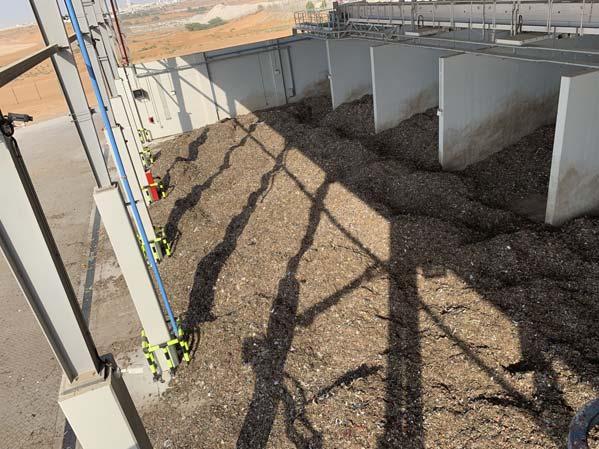
The actual processing of unsorted MSW starts by shredding everything to a predefi ned particle size in one single shredding stage. This is done by TYRANNOSAURUS 9905 shredders, each unit reaching the peak throughput capacity of 50 tph when producing an average material size of approx. 40 – 50 mm. The produced particle size is optimised primarily to meet the requirements of cement companies. However, a constant and even fl ow of small particles also contributes to high-accuracy sorting in the next steps of the process.
The feeder integrated into the shredder provides a fully automated system, maximising the annual capacity of the production plant by maintaining high availability even with most challenging waste materials. The shredder is constantly communicating with the feeder and the plant control system to ensure an optimum feeding of material into the shredder. Feeding is an important factor for the capacity, as too little feeding only allows the machine to utilise a portion of the full capacity. On the other hand, too much feeding can result in blockages. The material bed height in the shredder is measured and this information is used to optimise the feed rate. The intelligent pusher inside the shredder controls the capacity between the feeder cycles, maintaining a constant load on the rotor and maximising capacity.
The ZeroGap® feature ensures that the capacity of the shredder remains high even with worn knives. The distance of the rotor knives and the counter knives is semi-automatically adjusted during daily inspection. Due to this feature, the thinnest materials, such as plastic foils, are shredded. The sharp cutting profi le achieved by the ZeroGap also minimises the power consumption at this otherwise very power intensive phase of the process.
The Massive Impact Protection System (MIPS®) protects the shredder from damage caused by unshreddable items. Once an impact is detected, the shredder automatically moves the unwanted particles into a separate reject container and resumes normal operation without any user input. This feature ensures that no unexpected maintenance downtime from damage by unshreddable items accumulates and the yearly availability stays high, resulting in higher annual capacity. After exiting the shredder, the material is transported through a two-stage metal separation station. The fi rst stage removes magnetic metals from the waste stream with a strong electrical magnet. After that, the non-ferrous metals are separated effi ciently with an eddy current separator. The separation effi ciency and purity of the ferrous and non-ferrous metals is very high due to the small particle size of the material stream. The recovered metals are sold to be recycled and refi ned. To reduce the content of sand, soil, dust, glass splinter and other small inert materials in RDF, a fi nes screen is applied. The separation rate of this unit can be adjusted from the control room based on the fi nes content in MSW, and the ash limit of the RDF specifi cation. Rejected fi ne materials are mainly free of organic content and they are often used as inert fi lling material.
The ready RDF, a light fl uff that is free from metals, sand, stones and glass, is stored in bunkers and sold to the nearby cement industry. The TYRANNOSAURUS plant is designed to process 1000 t of unsorted MSW per day, which amounts to more than 350 000 t annually.

Next the material enters the air classifi er. It divides the material into heavy fraction, middle fraction and light fraction. The separation is based on the aerodynamic properties of the particles when they enter a strong airstream. The lighter particles are carried further away compared to the heavier particles. The air classifi er can be adjusted according to customer needs by damping the fan, or reducing its speed of rotation, or by adjusting the position of a dividing roller and the collecting conveyor inside the air classifi er. In other words, the customer can adjust the quality of the fuel as needed. The heavy fraction rejects from the air classifi er are high-density particles, such as stones, soil, glass, pieces of brick, and residual metals.
After the sorting process, the RDF that is now free from metals, sand, stones and glass, is discharged into the storage part of the building. This section contains six large bunkers that the operator can fi ll by selecting the desired bunker from the control system. This fl exible storage system also allows storage of different types of RDF, if required. For example, there may be different RDF specifi cations by different cement plants. These can be produced by changing the settings of the production line, and then the produced RDF can be stored in the dedicated bunker. Or, sometimes there may be a need to process batches of some special wastes; the fl exible RDF production system makes this possible, and again the produced RDF can be stored separately by the storage system. Finally, front loaders move the desired material from the selected bunker to the truck which takes it to be delivered to a nearby cement plant.

The TYRANNOSAURUS 9905 shredder can reach a peak throughput capacity of 50 tph when producing an average material size of approximately 40 – 50 mm.
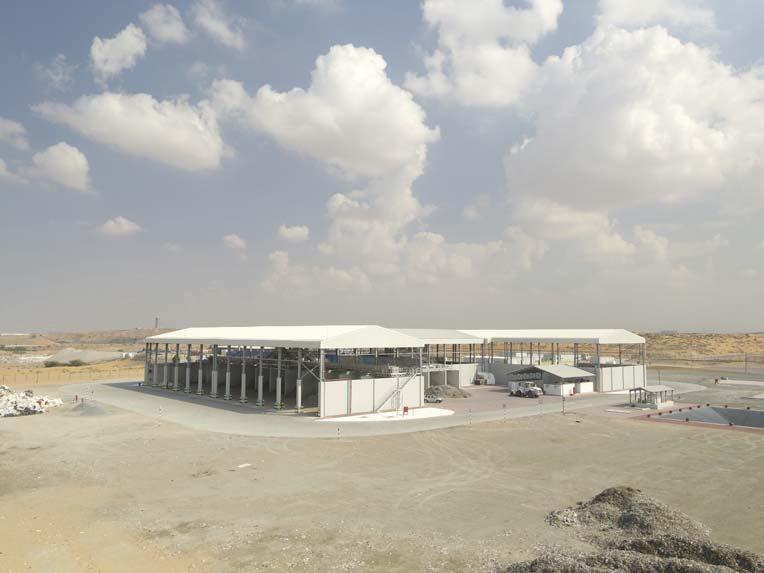
The RDF facility is strategically located in a logistic intersection of the Northern Emirates, close to both the waste producers and RDF users. The results and discussion
The positive impact that this project has had on the area is undeniable. Using RDF as an alternative energy source in the cement industry has an overall benefi t on fuel and raw material costs, not to mention the environmental benefi ts. Instead of dumping 1000 t of waste to landfi ll daily, 850 t are now recovered as recyclable metals and environmentally friendly sustainable fuel. The amount of coal that can now be replaced with the produced amount of RDF would have generated 1600 t of fossil CO2 emissions daily. On top of this, the RDF is locally produced, which further reduces emissions and enhances local business by creating employment.
The future of the region’s sustainable waste management and energy production is starting to take shape. The Arabian Gulf has the potential to multiply the benefi ts of this single project by adopting the presented concept on a wider scale.
About the author
Jori Kaaresmaa is a Senior Process Specialist at BMH Technology Oy, representing the company’s Business Development and Strategic Sales department. He has more than 20 years of work experience in both TYRANNOSAURUS plants and in the cement industry and is mostly involved in the pre-sales phase researching possible technical solutions for each customer case.
Reference
1. Bahrain, Kuwait, Oman, Qatar, Saudi Arabia and the United Arab Emirates.










